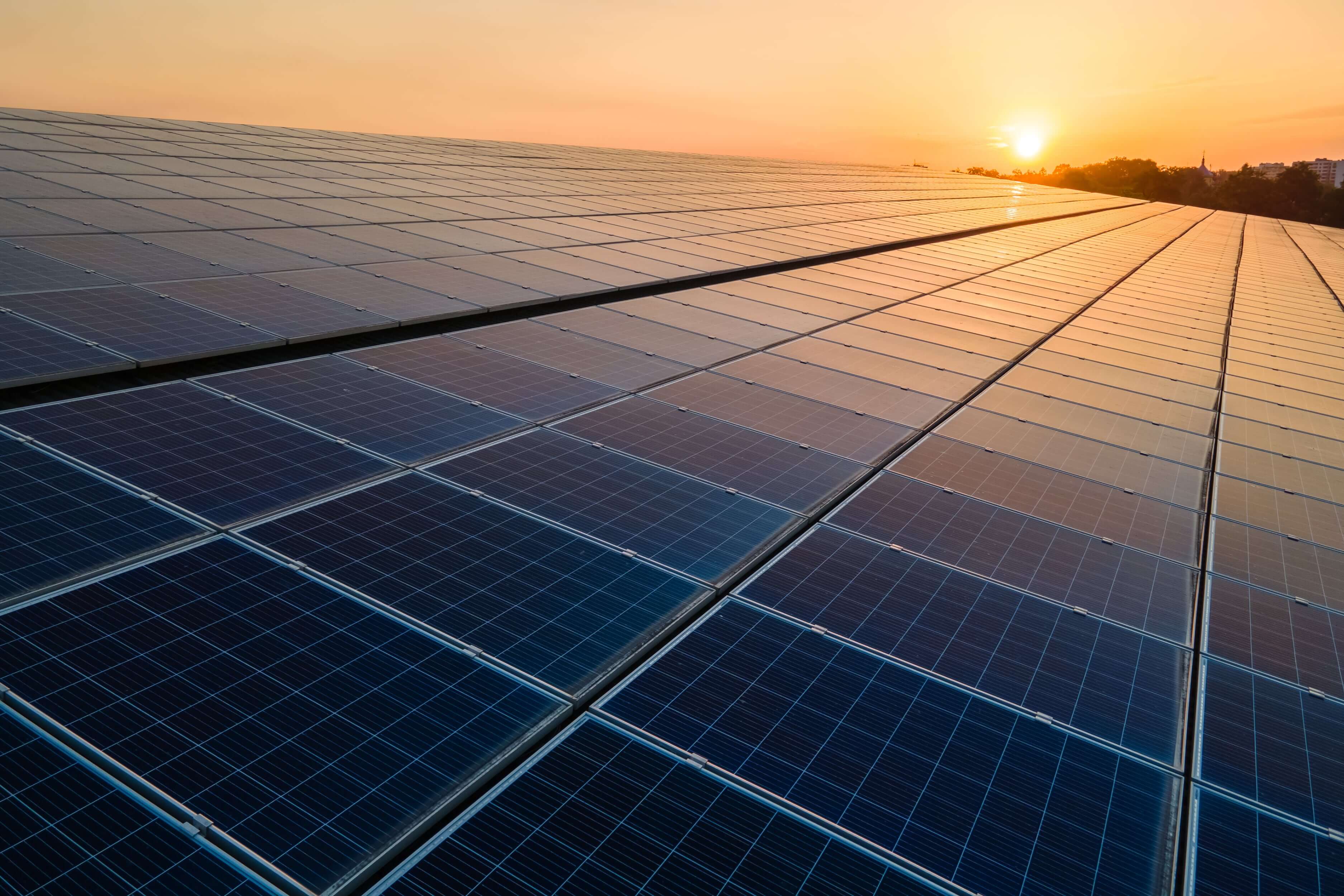The global shift towards renewable energy sources has been increasing in speed as of late, and in the forefront of this movement is the solar panel. Solar panels, also known in the field of photovoltaic (PV) panels and have come to be a symbol for sustainable energy production. They convert sunlight directly to energy, bringing many benefits for both individuals and the planet as a whole.
The heart of an solar panel is the photovoltaic cells that are made up of semiconductor materials, like silicon. These cells work in tandem for the conversion of sunlight directly to electricity via the photovoltaic phenomenon. When sunlight strikes the surface of these cells, it energizes electrons that cause the flow of electrons and generating an electric current. The direct conversion of solar energy to usable electrical energy is what makes solar panels a groundbreaking technology.
One of the biggest benefits of solar panels is their effect on the environment. The production of solar energy produces no CO2 emissions. That makes it an important factor in the fight against climate changes. Solar panels also have an extremely low need for maintenance as they do not have moving parts susceptible to wear and wear and tear. They are less prone to frequent repairs and replacements, thus making them cost-effective for the long-term. Moreover, solar panels can be installed on various surfaces such as roofs to open fields, making use of areas that would otherwise be unutilized.

Economically, Solar Panel offer enticing advantages in addition. Businesses and homeowners who install solar systems typically see a decrease in power bills as the excess energy can be fed back to the grid or put away for later use. Furthermore, solar panels may boost the value of a property, making solar panels not only an environmental conscious choice but also a economically smart one. To generate more details please visit solars-china.com/
Although solar panels have a lot of promise, they are not without challenges. A key issue is intermittent nature of sunlight. panels only generate electricity at times when the sun is shining. Technologies for energy storage including batteries are emerging as an essential solution to address this issue. In excess of energy that is generated during sunny periods is stored and used during cloudy days or at night, ensuring a consistent power supply. In addition, the process of manufacturing of solar panels consumes energy and resources, leading to some environmental concerns. But, research is ongoing at reducing the environmental impact from production and disposal.
The versatility of solar panels goes beyond rooftops on residential roofs. They’re gaining applications in various sectors, transforming industries as well as reducing carbon footprints. For urban environments Solar panels that are installed in the design of buildings will not only generate clean electricity but they also enhance architectural aesthetics. In areas that are remote and have limited access to traditional sources of power, solar panels offer an essential source of energy for lighting, communication as well as healthcare. In addition, solar-powered water pump and desalination equipment are revolutionizing agriculture and water-scarce regions.


